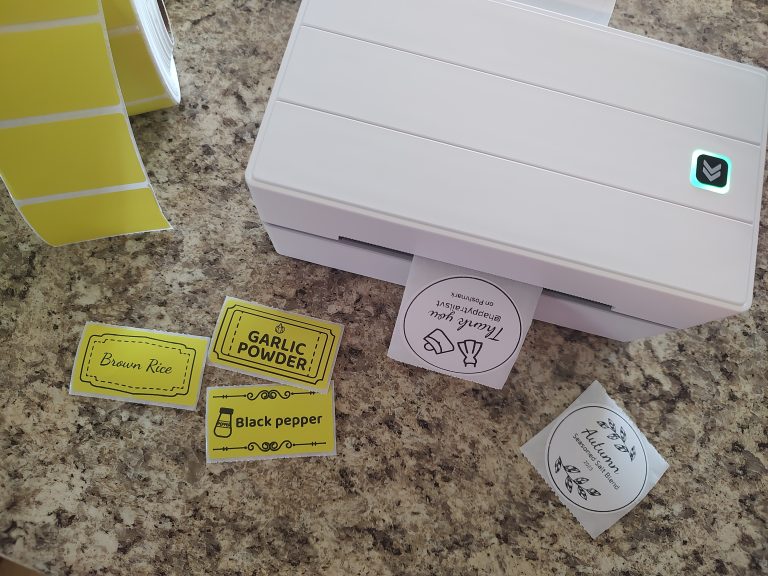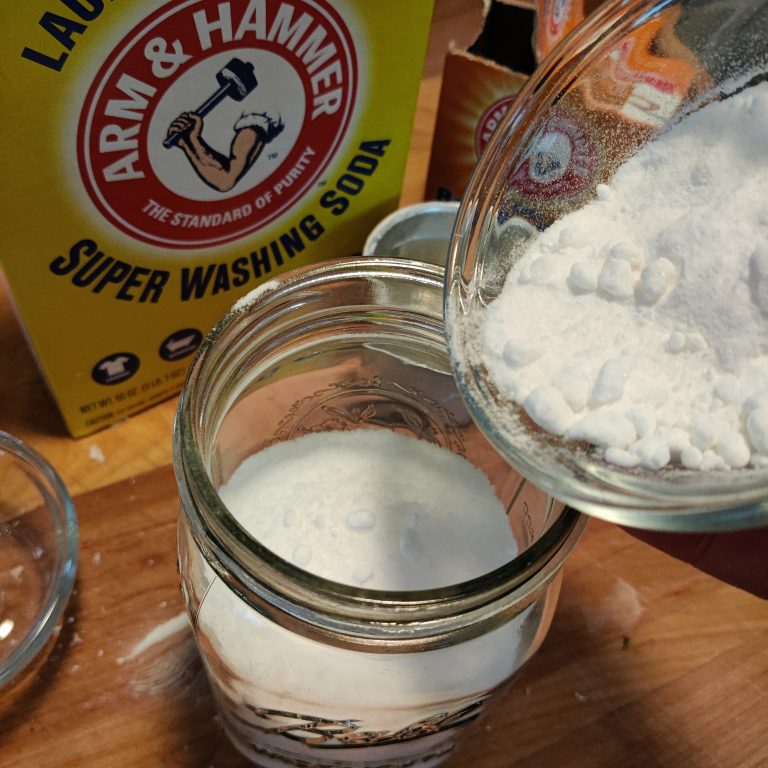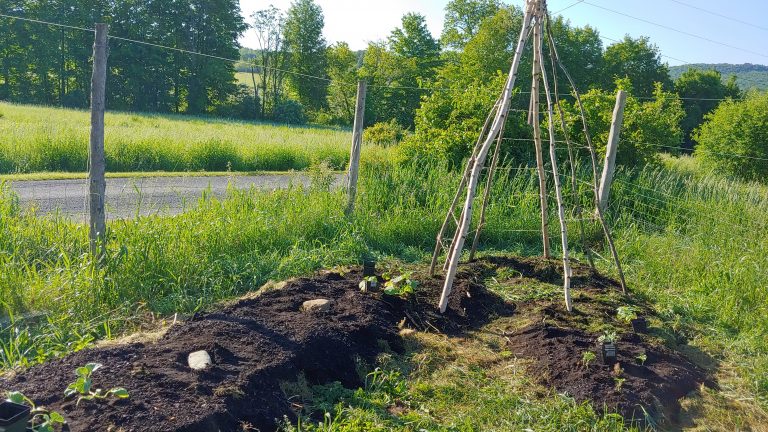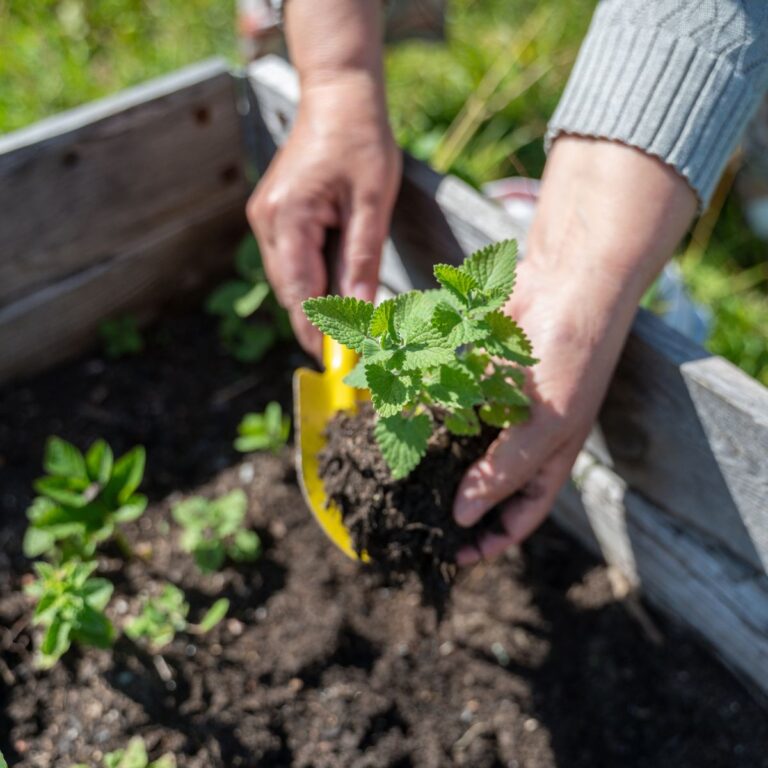This post may contain affiliate links.
There’s one way of putting food on the table – and that’s by learning the art of fishing. While fishing is not something everyday people and homesteaders may consider it a worthwhile life skill to have.
Not only can it be a fun family activity or a relaxing pastime, but it can also be a low-cost, sustainable source of healthy and nutritious food!
Here’s how you can get started.
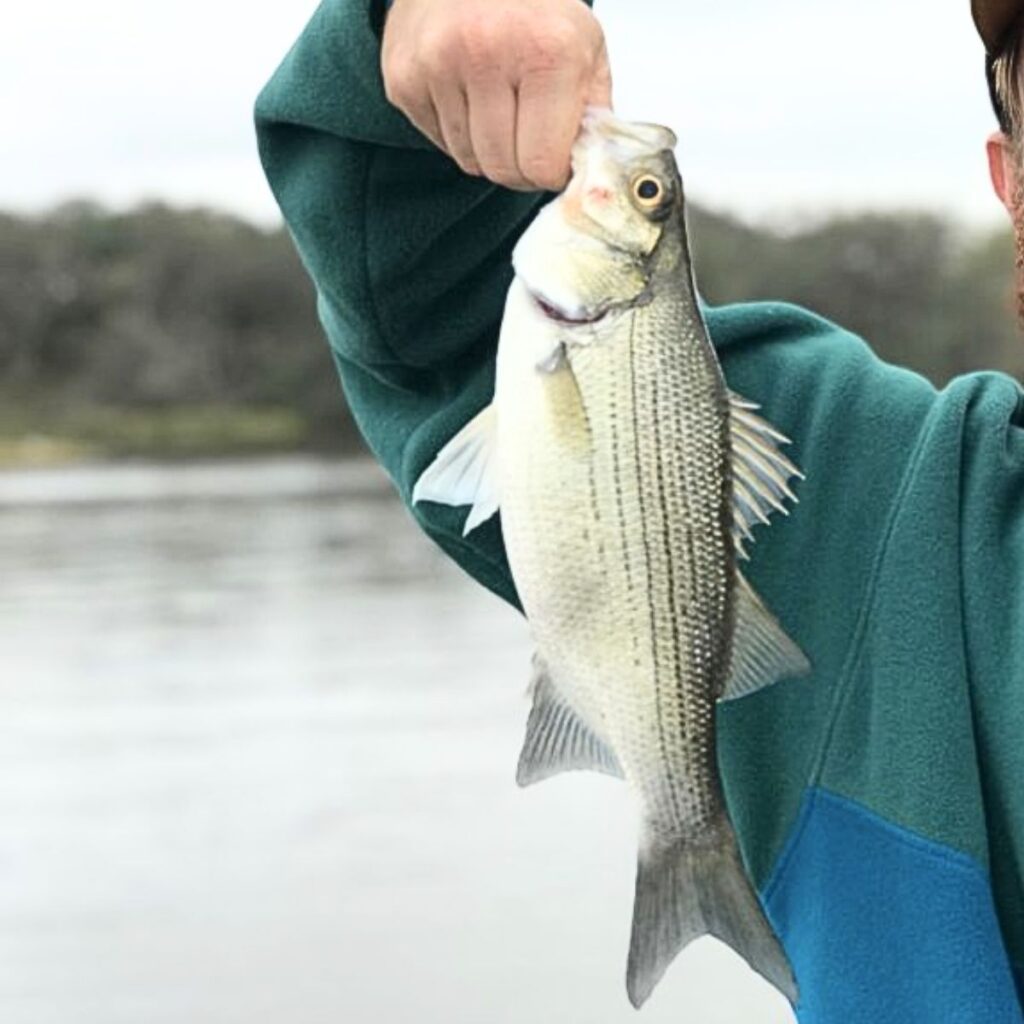
Fishing for Beginners
There are many species of edible fish that are unique to each region of the US and Canada. With the most basic and inexpensive fishing equipment, you can stock your freezer full of delicious fresh fish year-round.
But first, Check Your Local Parks Department
It’s important to start by checking with your local parks department. Read up on local rules and regulations surrounding fishing. Although some states have free fishing days or certain parks exempt, most will require a fishing license.
Fishing licenses are inexpensive, so don’t skip that step and risk getting slapped with a pricey ticket. Children are usually free or highly discounted.
Know the Rules
Each species of fish will have a bag limit. This means you can only harvest a certain number of species per day. There may also be a length range that the fish has to be in.
It is very important to observe these limits since local authorities put them in place to maintain a high-quality fishery for everyone to enjoy.
Check for Health Warnings
Check if there are any health warnings in your area for eating fish. Your state’s health department will release Fish Consumption Advisories detailing any contaminated areas to avoid.
You will want to avoid harvesting fish in polluted waters. The quality of the meat will reflect the waters it has been living in.
Equipment and Supplies Needed
There are several inexpensive ways of purchasing fishing equipment. Amazon, your local sporting goods store, or a discount retailer will all have several beginner set-ups. Garage sales, pawn shops, and classified ads are great places to find deals! To get started, you will need, at a minimum:
- A fishing rod, reel, and line
- Hooks
- Bait
- A way to store your catch
Rods & Reels
I’ve lumped the rod, reel, and line together because oftentimes, you can buy these in a ‘combo,’ meaning the store will have a fishing rod ready to go with all 3 of these components. This combo rod and reel from Shakespeare is a great beginner’s combo already pre-spooled with line.
Most rods will have the power, action, and length printed on the underside of the rod near the handle. Here’s what that means: Power is the strength of the rod itself, the action refers to how a rod bends, and the line is something you won’t have to worry too much about as a beginner but can vary depending on what types of fish you’re catching and the area in which you’ll be fishing.
The rod will have a guideline for what types of lines it takes. Check out this guide summarizing rod characteristics for more information.
Hooks and Bait
If you are just starting, live bait is the easiest way to catch fish. Worms are your best friend for getting eager fish to bite! You will need an inexpensive plastic or foam bobber, a pack of live bait hooks, and some wriggles.
Earthworms can even be dug up from your property and stored in a small reusable container filled with dirt.
Live or dead bait for saltwater fishing will also yield great results. Almost all fish will find a cut piece of shrimp or squid irresistible!
Circle hooks or octopus hooks are great for live bait. The hook size will depend on the type of fish you are targeting.
There are many guides online that can help you choose and understand the sizing of hooks, such as this one from The Online Fisherman.
Fishing Knots
Some very simple fishing knots, such as the improved clinch knot, can be learned in a matter of minutes. Seaguar is a great reference for following step-by-step videos of knot tying. Here’s how it’s done:
- Tie your hook onto the end of your fishing line, then slide the bobber up your line to 18-24” (or shallower, depending on the depth).
- Gently cast your bobber out and wait for that bobber to start dipping up and down below the surface. This basic bobber rigging video is very helpful and easy to follow.
If you want to mix it up, you can delve into the world of artificial baits. Artificial baits range from plastic worms (that can be wiggled and bounced off the bottom), spinnerbaits that have a metallic spinning element that attracts hungry fish, or crankbaits that look like injured bait fish shimmying through the water.

Storage
Congratulations! You caught a fish. Now, let’s figure out where to store that fish while you try to land some more. The easiest way to store small or medium fish on land is in a simple ice-filled cooler. Place the freshly caught fish in the ice for storage.
If you are kayaking or on a small boat, you can hold your live fish in place on a stringer, where it will remain fresh and alive in the water.
Larger boats, such as bass boats or saltwater boats, will have a live well that fills up with water where you can store your catches until the end of the trip.


Preparing and Cooking Your Fish
Once you have captured your fish, preparing your fresh fish as quickly as possible is important. Most fish can be filleted easily with a sharp knife.
If you are looking to prepare a large quantity of fish, you can also buy an electric fillet knife, which will make the task much quicker. Another way to prepare fresh fish is lightly breaded with butter and lemon or simply grilled.
If you plan on storing fish in the freezer, a vacuum sealer is a great way to package individual fillets for later use.
Fishing can be a fun way to involve the whole family in harvesting food. There’s nothing more rewarding than a long day on the water, only to return home with a cooler full of tasty fish!
This is a guest post by Olivia Nicholson from The Red Rock Flock.
Olivia Kramer
Olivia Kramer is a homesteader living on 5 acres in Central Texas with her fiancé, 3 dogs, and 50 chickens, ducks, and turkeys. Moving from Los Angeles, to Austin, and finally to Red Rock, Texas, they followed a lifelong dream of farming and self-sufficiency. She blogs at "Red Rock Farmstead" which follows their homesteading journey from the hardships to successes and everything in between. Follow her daily journey on Instagram.

